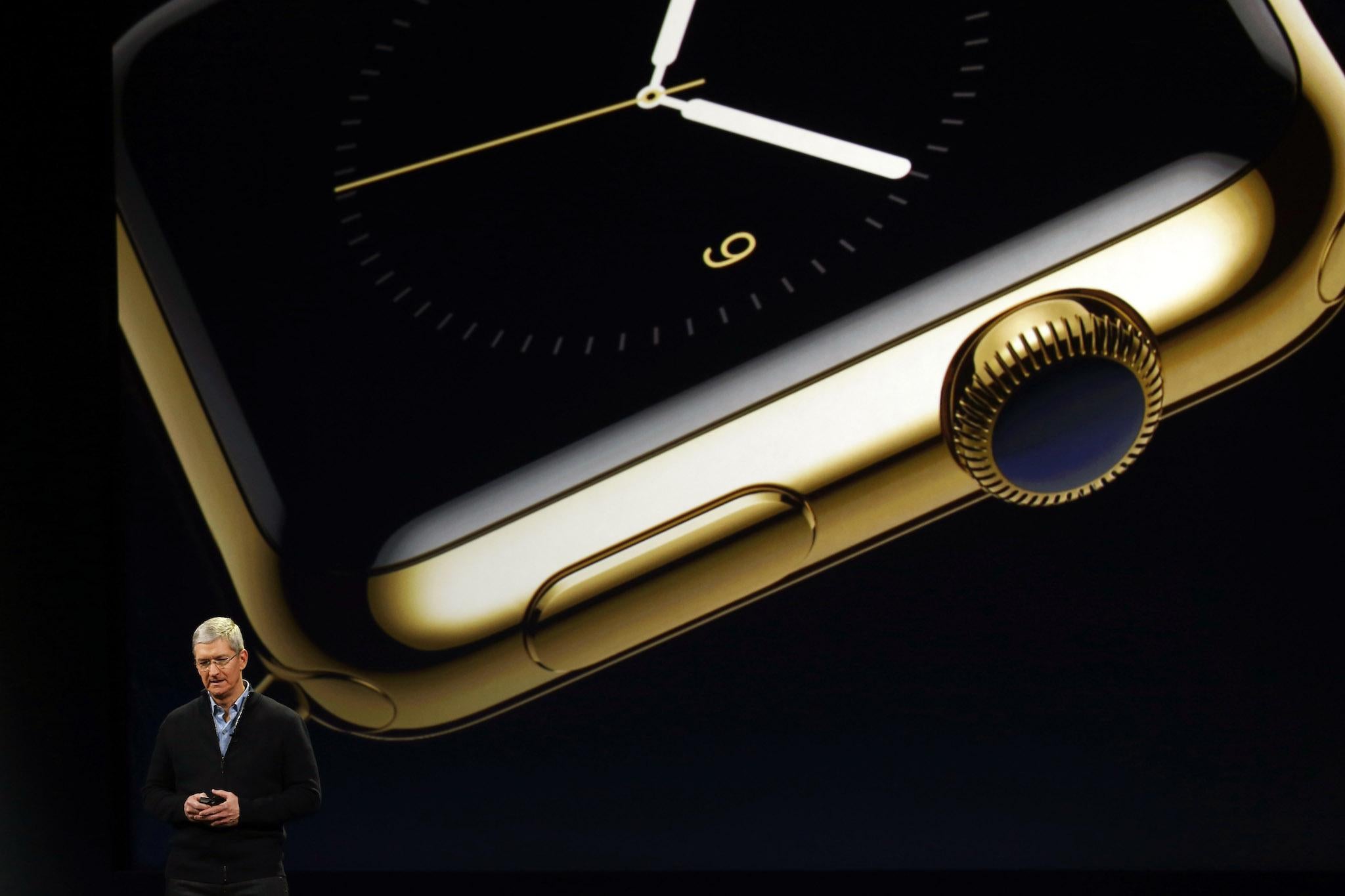Apple Watch could have saved man's life after it alerts him to strange heartbeat
'I felt nothing'

Your support helps us to tell the story
From reproductive rights to climate change to Big Tech, The Independent is on the ground when the story is developing. Whether it's investigating the financials of Elon Musk's pro-Trump PAC or producing our latest documentary, 'The A Word', which shines a light on the American women fighting for reproductive rights, we know how important it is to parse out the facts from the messaging.
At such a critical moment in US history, we need reporters on the ground. Your donation allows us to keep sending journalists to speak to both sides of the story.
The Independent is trusted by Americans across the entire political spectrum. And unlike many other quality news outlets, we choose not to lock Americans out of our reporting and analysis with paywalls. We believe quality journalism should be available to everyone, paid for by those who can afford it.
Your support makes all the difference.An Apple Watch might have saved a man's life after it alerted him to the fact that his heart wasn't beating properly.
Kevin Pearson, a 52-year-old from Cockermouth in the north of England, was quietly sat reading a book and "minding my own business" when his watch alerted him to the fact that something was very wrong with his heart. It was beating as fast at 161bpm despite the fact he was sat down doing very little, it said – suggesting that he could be having a heart attack.
"I wasn't feeling any symptoms, such as sweating or anything like that," Mr Pearson told The Independent. So he did as the Watch instructed and sat down as it measured his heartrate for the next few minutes, watching it rapidly drop and rise as high as 135bpm and as low as 79bpm.
Luckily, and by complete coincidence, Mr Pearson was already at the hospital. He had been taking his father there for an appointment, so got the attention of a nurse to ask about what his Apple Watch was showing.
"I said 'it's possibly just my watch that's wrong but can you have a look?'" Doctors immediately told him that there did appear to be something wrong – atrial fibrillation, where the heartbeats fast and irregularly – and that more needed to be done.
He was immediately fitted with heartrate monitors that showed there was definitely something wrong, and that it would be a good idea for him to head to see more specialists at a local, larger hospital. They did the same thing – taking readings and bloodwork – and found that he was definitely in the middle of what doctors called an "event".
The Watch takes regularly heartrate readings and feeds that into the phone. That means that it can spot when something is out of the ordinary, and allowed Mr Pearson to share his historical health information with his doctor.
Without his Watch, Mr Pearson said he would never been aware that anything at all was happening.
"I felt nothing," he said. "My initial reaction was that there might have been a problem with the Watch. I felt absolutely fine.
"Even now, if I hadn't put my Watch on, I wouldn't know if I was having a similar sort of event."
Doctors still aren't precisely sure what caused Mr Pearson's unusual heartrate. But the same readings could have been an indication of a heart attack, blocked arteries, or something else incredibly serious, he said.
With time, his Watch will keep monitoring his heartrate and allow him to alert doctors if he has the same symptoms.
"They're monitoring now, and I'll let them know if it ever spikes again. The watch is set up so that it will tell me if my heartrate ever goes over 120bpm," he said.
Mr Pearson said that his primary feeling was "gratitude" towards a watch that was mostly a convenience until it became a potential lifesaver.
"I've used my Apple Watch for calendar events, to complete its targets by exercising, and using it to lose weight," he said. "The heart rate wasn't really of any particular value, and I didn't even know it could alert you if it was too high."
That gratitude led Mr Pearson to write to Tim Cook and thank him for the Watch. And he also hopes that more people can be saved by the Watch – not just by wearing one, but also by participating in the studies that are being done with the health information taken from them, which for now are mostly limited to the US.
Join our commenting forum
Join thought-provoking conversations, follow other Independent readers and see their replies
Comments